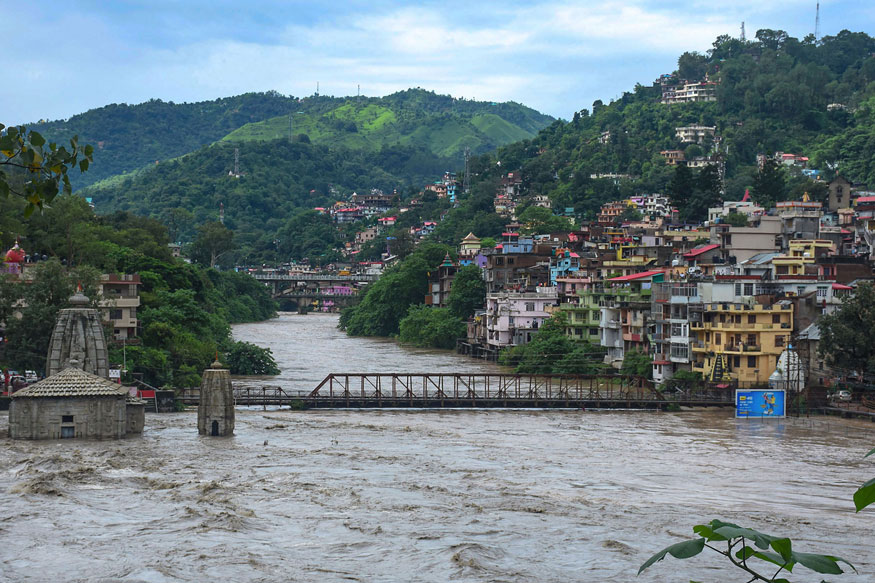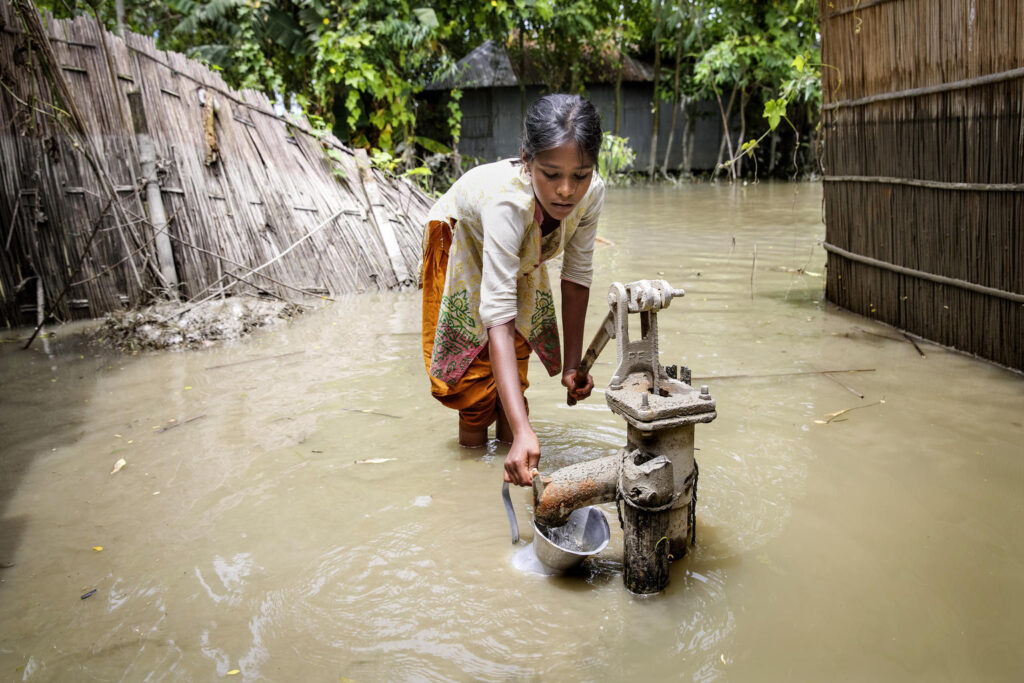
Introduction:
India’s vast and varied landscape makes it susceptible to a range of natural disasters, including floods and droughts. Effective disaster management in the country necessitates a multifaceted approach, with water storage solutions playing a crucial role. This article examines how various water storage systems contribute to disaster management and support communities during these challenging times.
Addressing Drought Challenges:
India experiences frequent droughts, particularly in arid and semi-arid regions. Droughts result in reduced water availability, affecting agriculture, drinking water supplies, and overall livelihoods. Proper water storage solutions are vital for mitigating the impacts of these prolonged dry spells.
Reservoirs and Large Storage Tanks
Large-scale reservoirs and storage tanks are fundamental in drought management. By capturing surplus water during periods of heavy rainfall, these structures provide a reserve that can be used during dry seasons. Properly designed and maintained reservoirs can help ensure a steady supply of water for irrigation, drinking, and other essential uses, thus reducing the severity of drought impacts.
Rainwater Harvesting
Rainwater harvesting is an effective strategy to supplement traditional water sources and enhance resilience to drought. This technique involves collecting and storing rainwater from rooftops, roads, and other surfaces. By implementing rainwater harvesting systems, both urban and rural communities can create localized reserves of water. These systems reduce reliance on depleting groundwater resources and provide a critical buffer during dry periods.
Managing Flood Risks:
In contrast to droughts, floods present significant challenges, especially in regions prone to heavy monsoon rains or riverine flooding. Water storage solutions can play a crucial role in managing and mitigating flood risks.
Flood Control Reservoirs
Flood control reservoirs are designed specifically to manage excess water during periods of heavy rainfall. These reservoirs temporarily store floodwaters, which are gradually released to prevent downstream flooding. Effective flood control reservoirs can significantly reduce the risk of flooding in populated areas, protecting homes, infrastructure, and agricultural lands from extensive damage.
Stormwater Management Systems
In urban areas, impervious surfaces like roads and buildings contribute to increased runoff, heightening the risk of flooding. Stormwater management systems, including retention basins and underground storage tanks, help capture and manage excess runoff. These systems slow the release of stormwater into drainage systems, reducing the likelihood of urban flooding and alleviating pressure on existing infrastructure.

Supporting Emergency Response:
During and after natural disasters, water storage solutions are essential for ensuring continued access to clean water and supporting emergency response efforts.
Emergency Water Supplies
Natural disasters can disrupt regular water supply systems, making emergency water storage facilities crucial. Emergency water tanks and distribution centers provide a readily available source of potable water in disaster-stricken areas. This ensures that communities have access to essential resources while regular supply systems are restored.
Enhancing Community Resilience
Pre-positioning water storage infrastructure and establishing contingency plans enhance community resilience. Training local populations in the use and maintenance of water storage systems ensures that communities are better prepared to manage water resources during emergencies. Effective preparedness reduces the immediate impact of disasters and accelerates recovery processes.
Sustainable Water Management Practices:
Sustainable water management is critical for long-term disaster resilience. Integrating environmentally friendly practices into water storage and management systems enhances their effectiveness and sustainability.
Green Infrastructure
Incorporating green infrastructure such as wetlands, rain gardens, and permeable pavements into urban planning supports natural water storage and reduces flood risks. These practices complement traditional water storage solutions by improving water infiltration and reducing surface runoff.
Community Involvement and Education
Engaging communities in water management practices promotes ownership and ensures that solutions are tailored to local needs. Educational programs on water conservation, storage techniques, and emergency preparedness empower communities to effectively manage their water resources and respond to disasters.
Conclusion:
Water storage solutions are integral to India’s disaster management strategies, offering critical support during floods and droughts. By providing mechanisms for capturing, storing, and managing water, these solutions help mitigate the impacts of natural disasters and enhance community resilience. From large reservoirs and rainwater harvesting to flood control measures and emergency water supplies, effective water storage plays a pivotal role in ensuring that communities can navigate and recover from the challenges posed by India’s diverse and often extreme climatic conditions.


